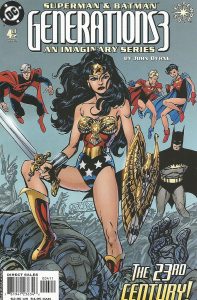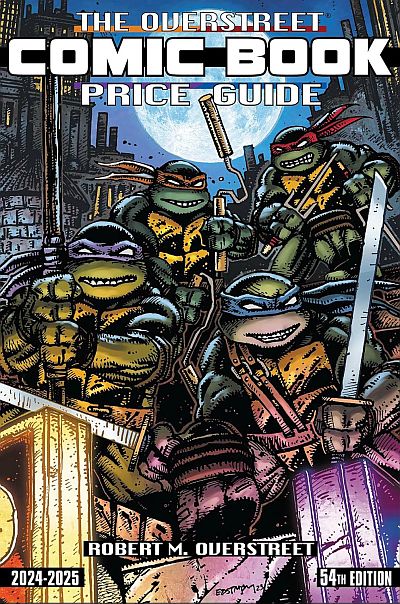
In the vast realm of comic book superheroes, few characters shine as brightly as Wonder Woman. Since her debut in 1941, Diana Prince, also known as Wonder Woman, has evolved into an iconic symbol of empowerment, justice, and strength. Join us on a captivating journey through the ages as we explore the remarkable evolution of this Amazonian princess and her enduring impact on popular culture.
The Golden Age (1940s-1950s):
Wonder Woman burst onto the comic book scene in 1941, created by William Moulton Marston. Clad in her signature red, gold, and blue costume, she quickly became a beacon of hope and empowerment during a tumultuous period in history. The Golden Age Wonder Woman was a patriotic hero, fighting alongside Superman and Batman against the forces of evil. Her creator, Marston, infused her character with themes of love, compassion, and equality, setting her apart from other superheroes of the time.
The Silver Age (1950s-1960s):
As the comic book landscape evolved, so did Wonder Woman. In the Silver Age, writers explored Diana Prince’s mythological roots as an Amazonian princess. This era delved into her connection to Greek mythology, introducing iconic elements like the Lasso of Truth and the invisible plane. Wonder Woman continued to inspire readers, showcasing a balance of strength and compassion in her pursuit of justice.
The Feminist Movement (1970s-1980s):
The feminist movement of the 1970s found a powerful ally in Wonder Woman. The character underwent a significant transformation, embracing her role as a symbol of female empowerment. Under the guidance of writer-artist team Denny O’Neil and Mike Sekowsky, Diana Prince relinquished her superpowers and adopted a more relatable persona. This shift aligned Wonder Woman with the changing societal landscape, making her a trailblazer for gender equality.
The Post-Crisis Era (1980s-1990s):
The 1980s brought about a significant reboot in the DC Universe with the landmark event “Crisis on Infinite Earths.” Wonder Woman underwent a revitalization, returning to her mythological roots with a revamped origin story. This era explored the complexities of Diana’s character, emphasizing her intelligence, leadership, and warrior prowess. Wonder Woman became a symbol not just for women but for all those who sought to overcome adversity.
Modern Age and Beyond (2000s-Present):
In the 21st century, Wonder Woman’s impact has only grown stronger. The character has transcended comic books, appearing in animated series, live-action films, and merchandise. Gal Gadot’s portrayal of Wonder Woman in the DC Extended Universe has introduced the character to a new generation of fans, showcasing her resilience, compassion, and unwavering dedication to justice.
Conclusion:
Wonder Woman’s journey through the ages is a testament to the character’s enduring relevance and impact. From her Golden Age beginnings to her modern-day cinematic adventures, Diana Prince has evolved into a symbol of empowerment for people of all ages and backgrounds. As we continue to celebrate Wonder Woman’s legacy, let us be inspired by her timeless message of strength, love, and the enduring fight for justice.







